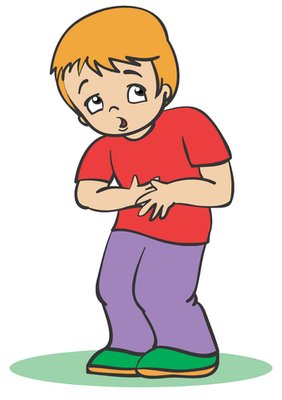

Lactose intolerance is considered rare in children under 5 years old ( 1).Ī milk allergy and lactose intolerance aren’t related, although they can share symptoms such as abdominal pain, diarrhea, and vomiting ( 18, 19).

While cow’s milk allergy is more common in young children than in adults, the opposite is true for lactose intolerance. In about 90% of cases, this allergy resolves by the time a child is 6 years old ( 18). However, these symptoms have not been established as true symptoms of lactose intolerance and may have other causes ( 9, 17).Īdditionally, some people with a milk allergy may mistakenly attribute their symptoms to lactose intolerance.Ĭow’s milk allergy is common in infants, affecting as many as 2% to 3% of young babies. While there’s less scientific support for these symptoms, some case studies have reported other symptoms, including ( 13, 14, 15, 16): It occurs when undigested lactose ferments in the colon, producing short-chain fatty acids that increase the amount of water in the gut. Lactose intolerance can cause diarrhea, or frequent, watery stools. There are many other causes of diarrhea including diet, other kinds of malabsorption, medications, infections and inflammatory bowel diseases ( 8). If you’re experiencing diarrhea, it doesn’t always mean you have lactose intolerance. However, many people can tolerate 12 grams of lactose, the amount found in 1 cup (240 ml) of milk ( 3, 5). The leftover acids and lactose increase the amount of water that the body releases into the colon ( 4, 5).įor some people with lactose intolerance, consuming as little as 3 grams of lactose can be enough to cause symptoms. Most, but not all, of these acids are absorbed back into the colon.

In the colon, microflora ferment lactose to short-chain fatty acids and gases. Lactose intolerance causes diarrhea by increasing the volume of water in the colon, which increases the volume and liquid content of the stool ( 4). Officially, diarrhea is diagnosed when someone has 3 or more watery or loose stools in a 24-hour period ( 7). Pain is most often situated around the navel and lower tummy. They are caused when bacteria in the colon ferment lactose that the body has left undigested, resulting in excess gas and water. Stomach pain and bloating are common with lactose intolerance. It’s important to note that stomach pain and bloating are common symptoms that could result from other causes, such as overeating, other kinds of malabsorption, infections, medications and other illnesses. Therefore, the frequency and severity of symptoms can vary significantly between individuals ( 5, 6). Interestingly, the amount of bloating and pain is not related to the amount of lactose ingested, but to the sensitivity of the individual to feelings of distention. The sensation of bloating is caused by an increase of water and gas in the colon, which causes the gut wall to stretch, also known as distention ( 5). The pain is usually located around the navel and in the lower half of the tummy. The resulting increase in acids and gases can lead to stomach pain and cramps. This fermentation causes the release of short-chain fatty acids, as well as the gases hydrogen, methane and carbon dioxide ( 4). When the body is unable to break down lactose, it passes through the gut until it reaches the colon ( 4).Ĭarbohydrates such as lactose cannot be absorbed by the cells lining the colon, but they can be fermented and broken down by the naturally occurring bacteria that live there, known as the microflora ( 5). Stomach pain and bloating are common symptoms of lactose intolerance in both children and adults.


 0 kommentar(er)
0 kommentar(er)
